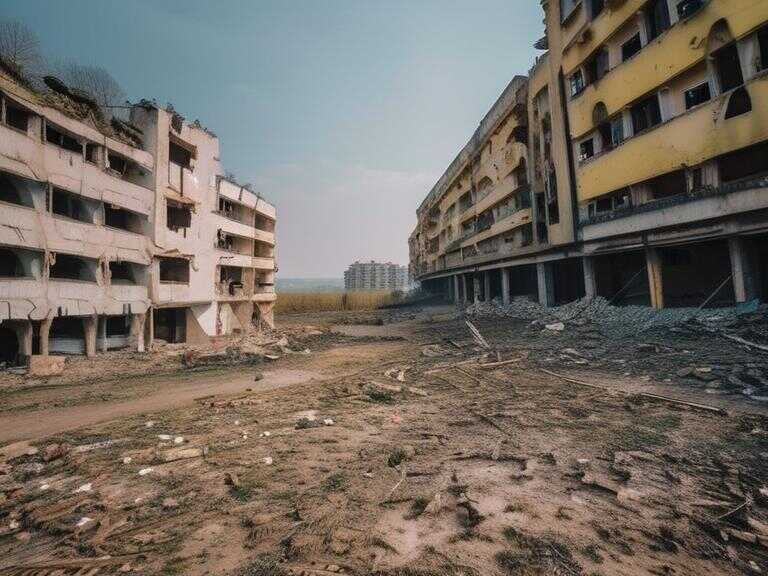
Racial Disparities Persist in Youth Confinement Despite Declines
New report reveals racial disparities in youth confinement persist despite overall decline in numbers, highlighting the need for reform.

The U.S. criminal legal system is complex and multifaceted, with its impact reverberating through various facets of society. One particularly concerning area is youth confinement, a phenomenon that disproportionately affects marginalized communities, including Black and Indigenous youth. Despite significant progress in reducing overall youth incarceration rates over the past quarter-century, systemic disparities persist, demanding urgent attention and comprehensive reform.
A Glimmer of Progress Amidst Persisting Disparities
Over the last 25 years, the U.S. has witnessed a remarkable decline in youth confinement, with numbers plummeting by more than 70 percent. This progress stands in stark contrast to the adult criminal legal system, where populations have remained largely stagnant. However, the U.S. still incarcerates youth at a rate more than double the global average, raising serious concerns about its approach to juvenile justice.
Despite this overall reduction, racial disparities within the system continue to be alarmingly high. Black youth represent 47% of boys and 39% of girls in juvenile facilities, a figure that has unfortunately worsened in recent years. Similarly, Indigenous youth, who comprise less than 1% of all youth nationally, make up 3% of girls and 2% of boys in juvenile facilities, highlighting the disproportionate impact on these communities.
The Human Cost of Confinement
Youth confinement carries profound consequences for young individuals, many of whom already have histories of trauma. The experience of incarceration can be deeply traumatizing, leaving lasting scars and exacerbating pre-existing vulnerabilities. It is crucial to recognize that prisons and jails are not appropriate environments for children, who require support, guidance, and opportunities for growth and development.
To effectively address the issue of youth confinement, it is essential to go beyond simply reducing numbers and delve into the underlying causes that contribute to these disparities. This includes tackling issues such as poverty, lack of access to education and healthcare, and systemic racism. By investing in communities and providing resources to support at-risk youth, we can create a more just and equitable society.
The current system often fails to adequately address the needs of young people who come into contact with the legal system. We need to shift away from punitive measures and towards a restorative justice approach that focuses on rehabilitation, healing, and community reintegration. This involves providing youth with access to mental health services, education, job training, and other support systems that empower them to thrive.
Youth confinement continues to be a pressing issue in the U.S., particularly for Black and Indigenous youth who are disproportionately affected by the system's flaws. By acknowledging the deep-rooted disparities and working towards comprehensive reform, we can create a more just and equitable future for all young people.
It is imperative that policymakers, community leaders, advocates, and individuals alike work together to dismantle the structures that perpetuate youth confinement and promote alternatives that prioritize the well-being and development of all children. By investing in prevention, intervention, and restorative justice practices, we can create a society where every young person has the opportunity to reach their full potential.
Share news















